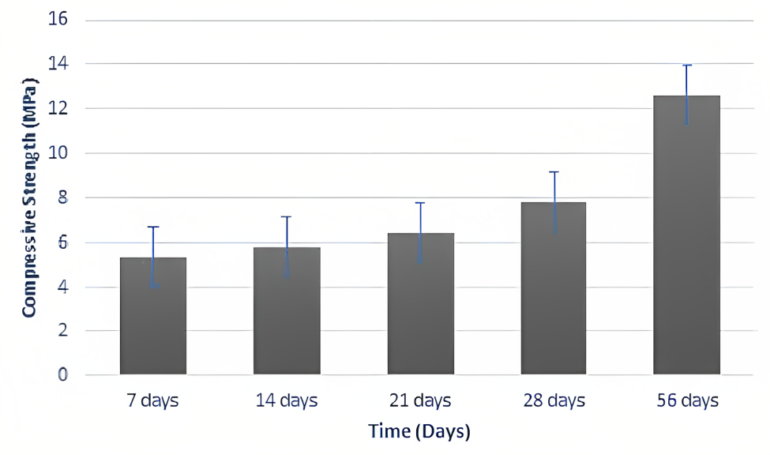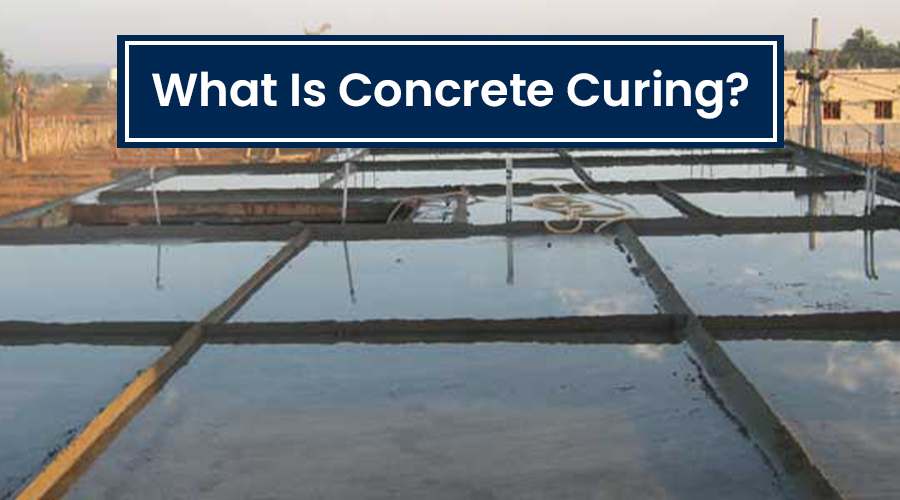Introduction
Concrete curing plays a vital role in ensuring the strength, durability, and longevity of concrete structures. It involves creating the optimal conditions for hydration, allowing the concrete to achieve its desired properties. In this blog, we will explore the concept of concrete curing, its importance in construction, proper techniques for curing, the ideal timing for curing, the duration required for effective curing, and the potential consequences of improper curing
What is concrete curing?
Concrete curing refers to the process of ensuring there is sufficient moisture in the concrete to facilitate the hydration of cement during its initial stages. It involves carefully managing moisture levels, temperature, and duration during the curing process to promote optimal cement hydration and achieve desired concrete strength and durability.
Why is it important?
Concrete curing is important for the following reasons:
- Proper concrete curing is important to prevent premature drying of the in-situ concrete that can be caused by temperature, sunlight, or wind.
- It facilitates the hydration process by maintaining the concrete’s temperature.
- It prevents shrinking or cracks in the concrete
- It promotes the hardening and bonding of concrete with internal materials.
- It strengthens and makes the concrete more durable, ensuring a stronger structure.
How to Cure Concrete Properly
Concrete curing can be done in 3 stages:
Initial Curing:
When concrete is first poured and settled, the water from the concrete rises to the surface. This water then evaporates, causing the concrete to start drying. To prevent the concrete from losing too much moisture and developing cracks, it’s important to begin curing it right after pouring. During initial curing techniques like misting, using special products to reduce evaporation, or providing shade and wind protection can be used to effectively cure the concrete.
Intermediate Curing:
Intermediate curing is performed after the surface finishing of concrete but before it fully sets. It is done when the desired texture of the concrete is achieved quickly or when the concrete setting process is delayed.
Final Curing:
The final curing of the concrete is done when the concrete has fully set. This is done to prevent the concrete surface from drying too quickly.
How long do we need to cure concrete?
Curing of concrete should be done for a longer period of time, as it enhances the strength and durability of the structure. The below graph illustrates the duration of curing and its impact on the strength of the concrete.

Fig. Impact of water curing duration on concrete strength
However, the quality of raw materials also significantly affects the duration of curing. Good-quality cement, such as cement that is designed with particle size distribution (PDS) technology, requires fewer days, while low-quality cement will require a longer duration. This is why it is important to carefully look into the materials that are used in order to provide an accurate curing period.
As per the Indian Standard IS 457-2000, the recommended curing duration for concrete varies depending on the type of cement and weather conditions.
- For ordinary Portland cement, a minimum of seven days of curing is suggested.
- If mineral admixtures or blended cement are used, the recommended curing duration is at least ten days.
- In dry and hot weather, the curing period should not be less than ten days, while for concrete with mineral admixtures or blended cement in hot and dry weather, a curing duration of 14 days is advised.
Effect of Improper Curing of Concrete
Improper curing of concrete has a significant impact on the long-term durability, strength, and lifespan of a building.
- It reduces the strength gain of concrete in both the early stages and over time. Early cracking can occur, allowing moisture and harmful substances to penetrate the concrete and hinder its strength development.
- Improper hydration of cement compounds can result in lower strength gain and the formation of shrinkage cracks. Additionally, it decreases the durability of concrete by increasing its porosity and permeability, leading to issues like seepage and efflorescence. These effects are more noticeable in areas of the building directly exposed or with larger surface areas, such as roads, bridges, and chimneys. It is crucial to protect these exposed surfaces from the early stages to prevent the formation of fine cracks.
Conclusion
Concrete curing is an indispensable aspect of construction that significantly impacts the performance and lifespan of concrete structures. By following appropriate curing practices, we can enhance the strength, durability, and overall quality of concrete. Understanding the significance of proper curing, along with the best techniques and timelines, empowers us to create robust and long-lasting structures. Let us prioritize concrete curing in our construction projects, ensuring that our buildings withstand the test of time and serve us reliably for years to come.

